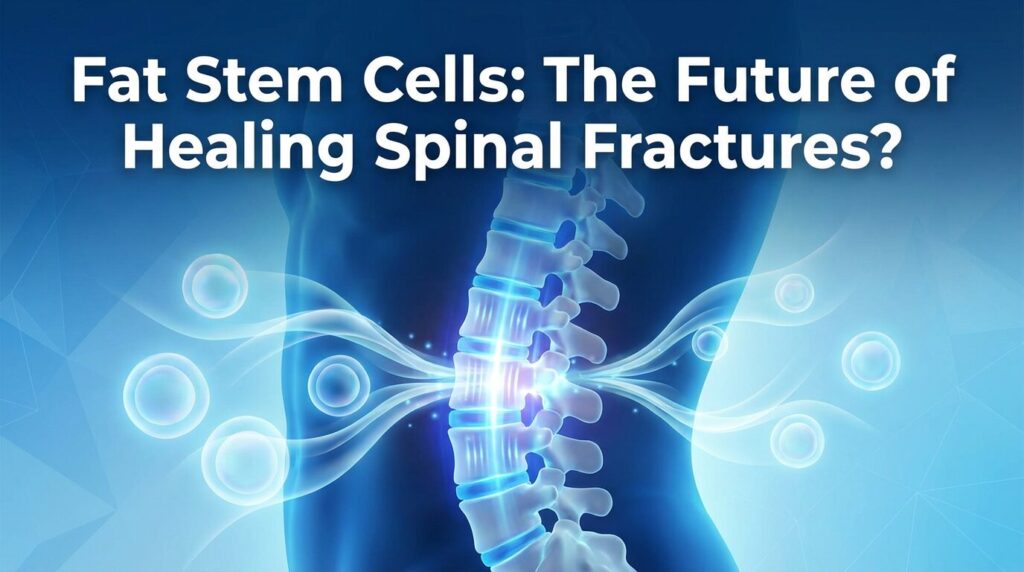Scientists at the University of California, Irvine (UC Irvine) recently unveiled a groundbreaking discovery in skeletal biology: a new type of cartilage tissue known as lipocartilage.
This tissue?distinct from conventional cartilage?is characterized by its fat-filled cells, termed lipochondrocytes (LCs), which endow the tissue with a unique combination of softness, resilience, and internal stability.
Discovery Overview
During studies on mouse ear skin, UC Irvine researchers led by Professor Maksim Plikus noticed unusual cells that did not conform to the expected behavior of typical fat cells (adipocytes).
Although these cells resembled adipocytes under the microscope, they did not respond to nutritional changes or conventional staining methods.
Detailed biochemical analyses and advanced imaging techniques revealed that these cells are neither typical fat cells nor standard cartilage chondrocytes; instead, they represent a distinct cell type responsible for forming lipocartilage.
The study?s results were published in the journal Science in early 2025, marking a significant shift in our understanding of skeletal tissue biology
Unique Properties of Lipocartilage
Lipocartilage differs from traditional cartilage in several key ways:
- Internal Support via Lipid Reservoirs:
Unlike typical cartilage, which relies heavily on an external extracellular matrix for structural support, lipocartilage is reinforced by internal lipid droplets within lipochondrocytes. These lipid reservoirs are ?locked? in place by a unique genetic mechanism that suppresses fat breakdown, ensuring that the cells maintain a constant size regardless of changes in diet news.uci.edu, the-scientist.com. - Mechanical Resilience and Elasticity:
The tissue?s resemblance to bubble wrap?with cells that behave like stable, fatty ?bubbles??provides both strength and flexibility. This combination is ideal for soft, non?weight-bearing structures like the ears, nose, and throat, where both durability and pliability are required newatlas.com. - Resistance to Metabolic Fluctuations:
Experimental findings showed that, unlike regular adipose tissue whose cells expand or shrink based on nutritional intake, lipochondrocytes maintain their lipid content consistently. This property ensures that the biomechanical characteristics of lipocartilage remain steady over time the-scientist.com.
Potential Applications in Regenerative Medicine
The discovery of lipocartilage opens several exciting avenues in biomedical research and clinical practice:
- Tissue Engineering and Reconstructive Surgery:
Current cartilage reconstruction methods often involve invasive procedures?such as harvesting rib cartilage?to repair facial defects or congenital abnormalities. With lipocartilage, there is the potential to derive patient-specific lipochondrocytes from stem cells. These cells could be used to engineer customized, living cartilage tissues via 3D printing, tailored precisely for reconstructive needs news.uci.edu, wired.com. - Advances in Cartilage Repair:
The intrinsic stability and flexibility of lipocartilage make it a promising candidate for repairing damage caused by trauma or degenerative diseases (e.g., osteoarthritis). Its unique structure might eventually lead to less invasive, more effective treatments that integrate seamlessly with the body?s own tissues eurekalert.org.
Historical Context and Future Directions
Interestingly, the existence of fat-laden cells in cartilage was not entirely unknown?histologist Franz Leydig first observed similar structures in the 1850s.
However, these early observations were largely forgotten until modern techniques enabled a deeper exploration.
The current study revitalizes this forgotten insight and challenges long-held assumptions about cartilage composition.
Moving forward, the UC Irvine team and their international collaborators plan to:
- Investigate the molecular pathways that allow lipochondrocytes to maintain stable lipid stores.
- Explore how these cells influence the overall biomechanics of flexible tissues.
- Develop methods for harnessing these cells for therapeutic tissue engineering, potentially revolutionizing treatments for cartilage injuries and defects eurekalert.org.
Final Thoughts
In summary, the discovery of lipocartilage by UC Irvine scientists not only deepens our fundamental understanding of skeletal tissues but also paves the way for innovative, less invasive approaches in regenerative medicine.
This work exemplifies how revisiting historical observations with modern technology can lead to paradigm-shifting advances in biomedical science.
Sources:


